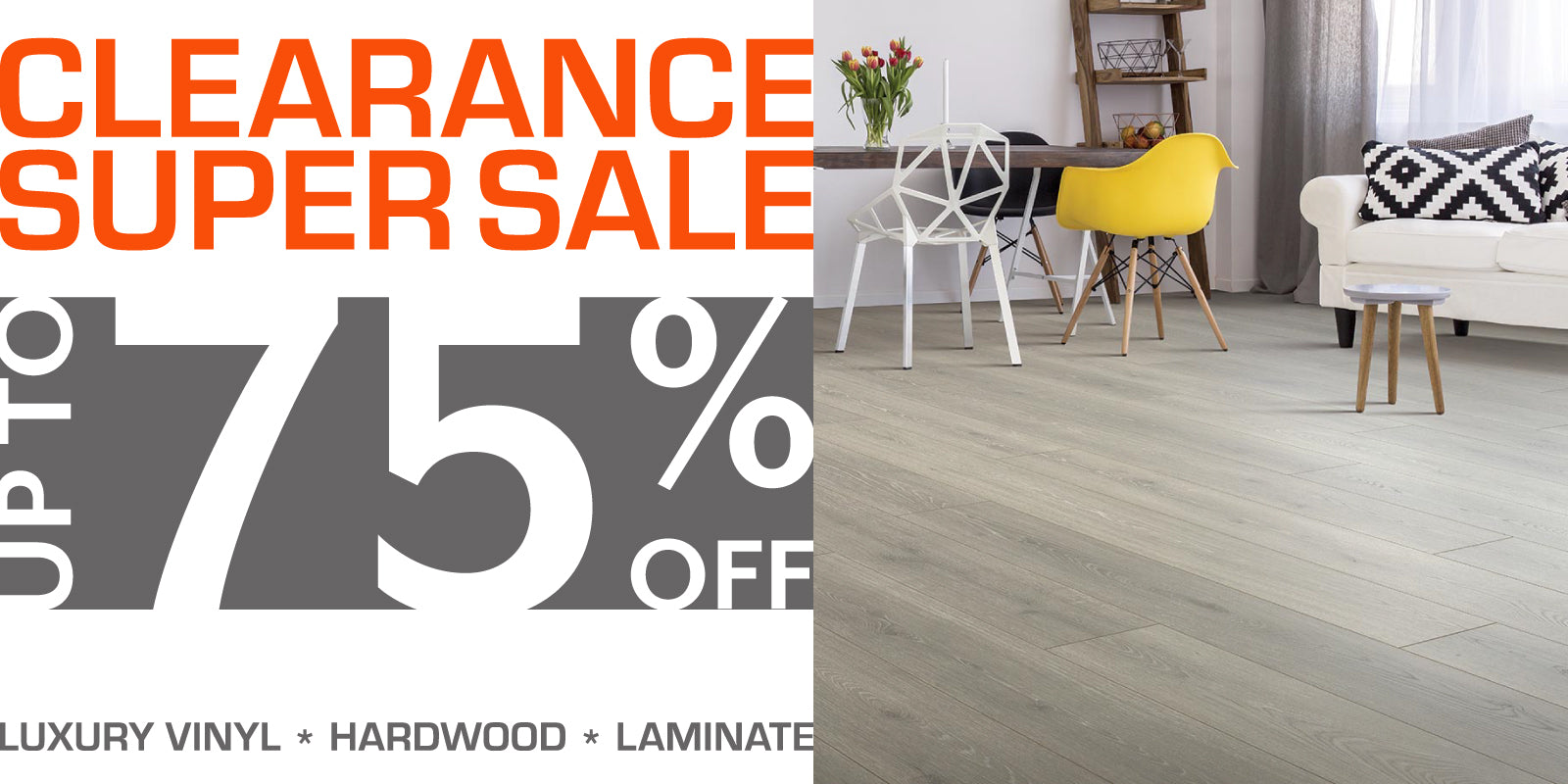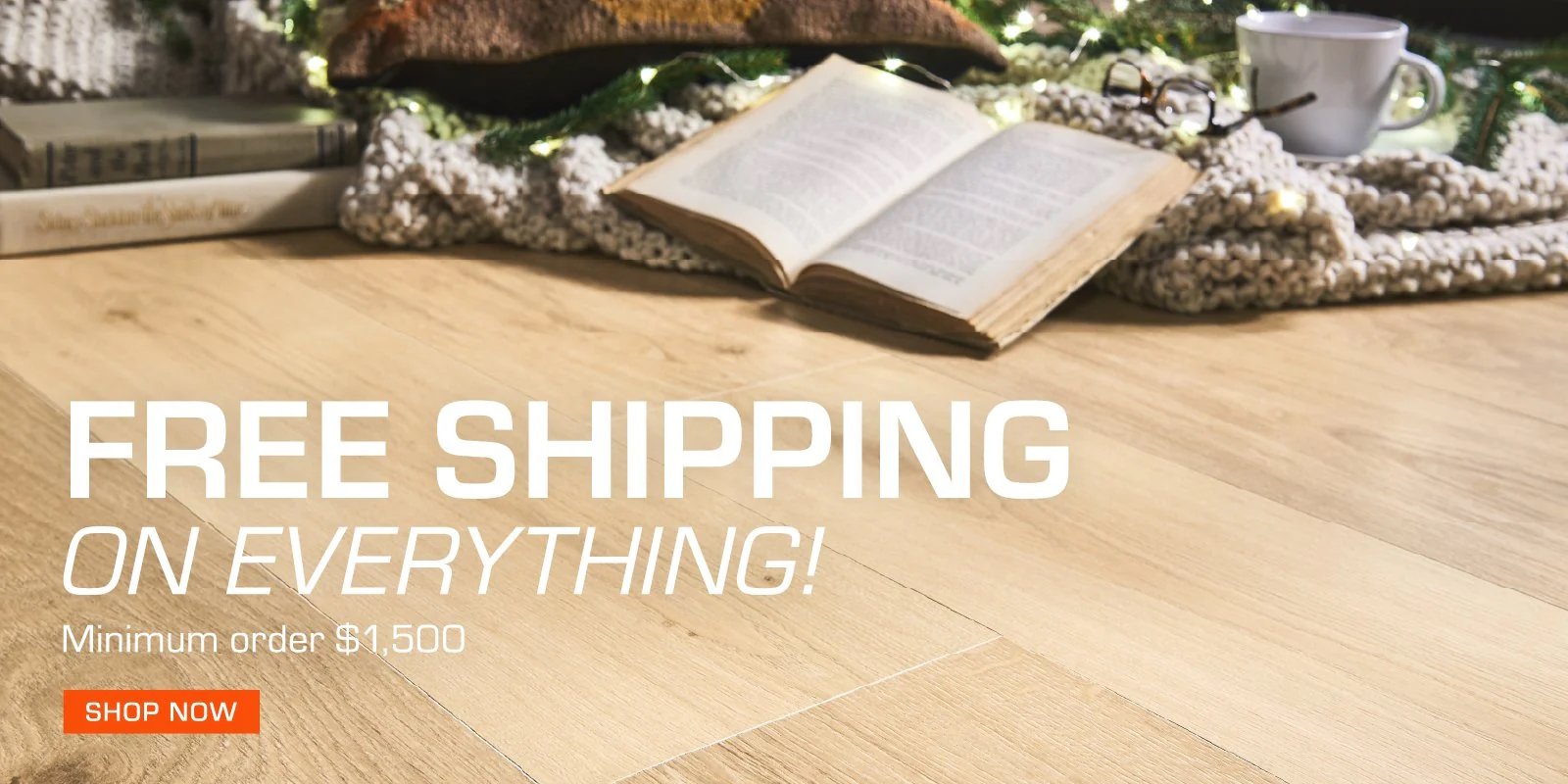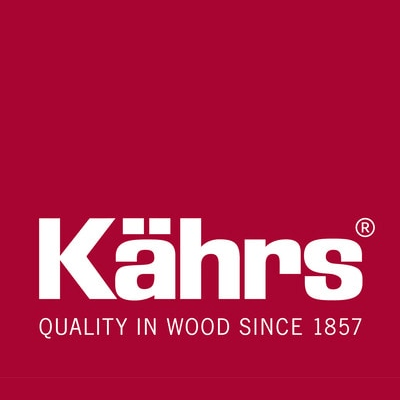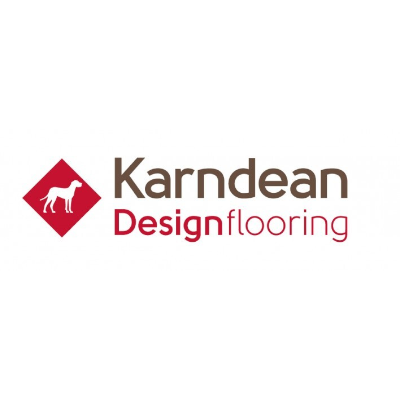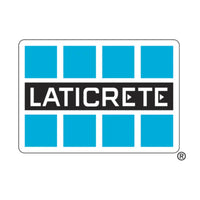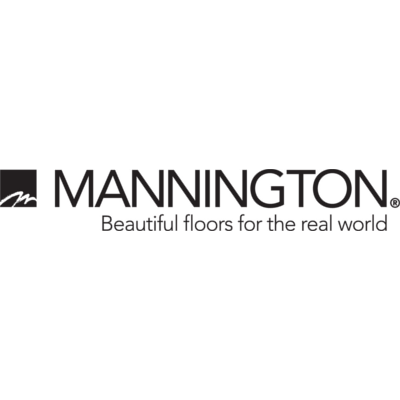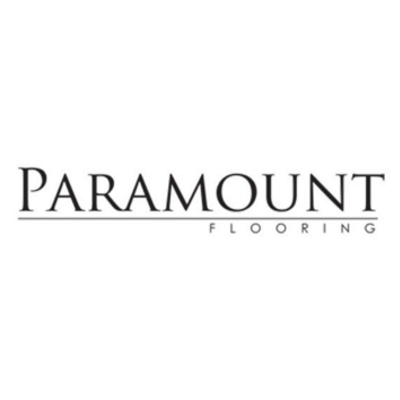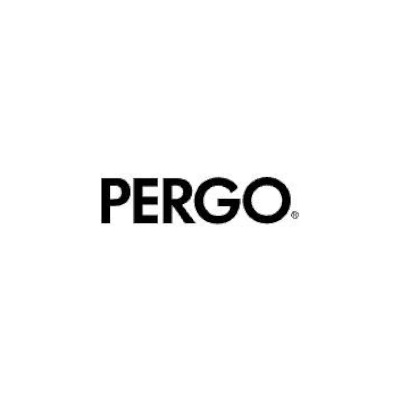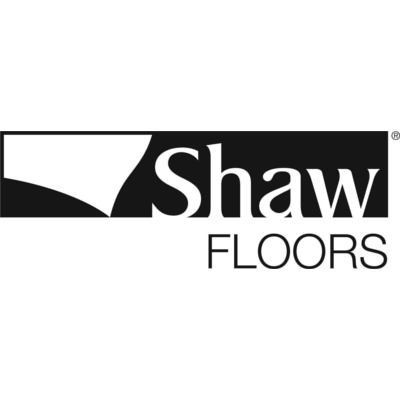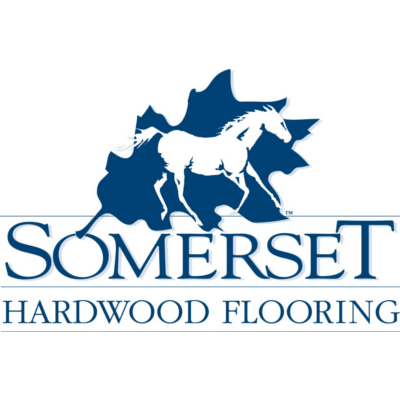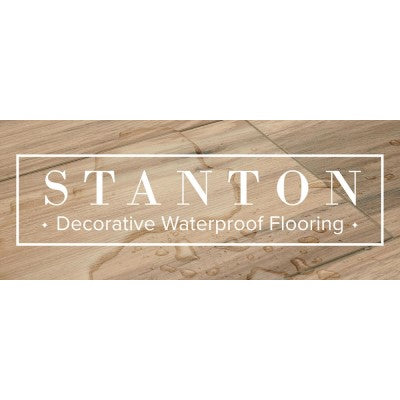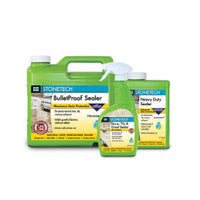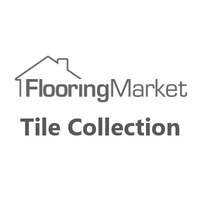10,000,000 sq ft in-stock
We are one of the largest flooring companies in the U.S.
Full Warranty
First quality products with the full manufacturer's warranty
Thousands of Products
If you don't see it on our website, let us know. We have access to thousands of products.
The Wholesale Flooring Source For Homeowners and Professionals Nationwide
We have decades of experience supplying millions of square feet of flooring products to homeowners, contractors, builders, and property management across North America and worldwide. Talk to one of our flooring experts today.
Get Inspired

Flooring Market Pro Services
⭐ Flooring Market Pro Services
The Smarter, Faster Way for Contractors to Get Materials
Contractors deal with enough chaos on the jobsite.
Your material sourcing shouldn’t add to it.
Flooring Market Pro Services gives contractors a simpler, more reliable way to get the flooring and tile materials they need — with consistent pricing, fast communication, and real support that keeps jobs moving.
No subscriptions.
No portals to learn.
No commitments.
Just the kind of help that makes your workday easier.
Why Contractors Choose Pro Services
⏱ Save 5–10 Hours Every Week
Stop chasing materials, tracking freight, and calling three supply houses for the same quote.
With Pro Services, you send your list — and everything is handled for you.
-
Pricing
-
Stock checks
-
Alternatives if something’s out
-
Freight coordination
-
Tracking updates
-
Delivery follow-through
You stay focused on installs.
We stay focused on the details.
💰 Stable, Predictable Pricing
Tired of quotes that change depending on who picks up the phone?
With Pro Services, pricing stays consistent, which means:
-
More accurate bids
-
Cleaner job costing
-
No surprise price jumps
-
Better cash-flow planning
You get real numbers you can trust — every time.
📦 Faster Access to the Materials You Use Most
We source from multiple regional warehouses, giving you better availability across major brands:
Schluter Systems
Ditra, Kerdi, trims, profiles, shower components, waterproofing, and more.
LATICRETE
254 Platinum, Tri-Lite, HYDRO BAN, NXT Level, Permacolor grout, and other contractor-trusted mortars & waterproofing.
Hard Surface Flooring
LVP, LVT, Hardwood, and carpet tile for multifamily, retail, office, and renovation work.
If it exists in the supply chain, we hunt it down.
🚚 Freight You Don’t Have to Babysit
Freight shouldn’t feel like detective work.
We manage:
-
Delivery windows
-
Terminal communication
-
Tracking updates
-
Re-routes
-
Damage claims
-
Residential & jobsite coordination
You stay informed — without doing the chasing.
🔧 Support That Actually Understands the Trade
You work with a real person who knows:
-
Product compatibility
-
Project timelines
-
Contractor schedules
-
The material flow of real jobs
-
The urgency behind “I need this by Tuesday”
Text, email, or call — whatever fits into your day.
Real Scenarios Pro Services Solves Every Week
“I’m missing one Schluter trim and it’s Friday at 3.”
We’ve sourced it, shipped it, and saved the job.
“I’ve got 100 units to build this year and I need consistent stock.”
We keep the same SKU, same price, same availability.
“I’m finishing a store rollout and need matching materials across states.”
We coordinate the sourcing and the freight so your installs stay uniform.
“I run a two-person crew. I can’t spend half my day tracking stuff down.”
You send your list. We handle the rest.
What You Get With Flooring Market Pro Services
-
✔ A dedicated Pro Services rep
-
✔ Fast quotes
-
✔ Consistent pricing
-
✔ Real-time communication
-
✔ Reliable freight
-
✔ Access to major brands
-
✔ Support with jobsite timelines
-
✔ Zero subscription fees
No hoops. No gimmicks. Just easier sourcing.
How It Works (Simple & Fast)
1️⃣ Send Your Materials List
A screenshot, photo, PDF, or full takeoff — anything works.
2️⃣ Get Your Quote
Clear pricing and clear freight. No surprises.
3️⃣ Approve & Ship
We coordinate delivery and updates.
4️⃣ Materials Arrive
You get what you need — without chasing suppliers.
The Quiet Advantage Contractors Don’t Talk About Enough
When materials show up on time…
When pricing stays steady…
When freight is handled…
When sourcing isn’t a battle…
You build more, install more, and stress less.
Flooring Market Pro Services isn’t a luxury — it’s a practical edge that keeps your business running smoother than your competitors’.
Ready to Make Your Jobs Easier?
Whether you run a one-man crew or manage hundreds of units a year, Pro Services gives you the support you wish traditional suppliers offered.
📩 Want a quote?
Send your list — any format works.
📞 Prefer to talk?
Tell us when you’re free.
💬 Have a question?
Text anytime.
You work hard enough already.
Let the sourcing be the easy part.
- Billy Peska

Pro Services DIY Series: Tub Surround Remodel with the Schluter KERDI‑TUBKIT
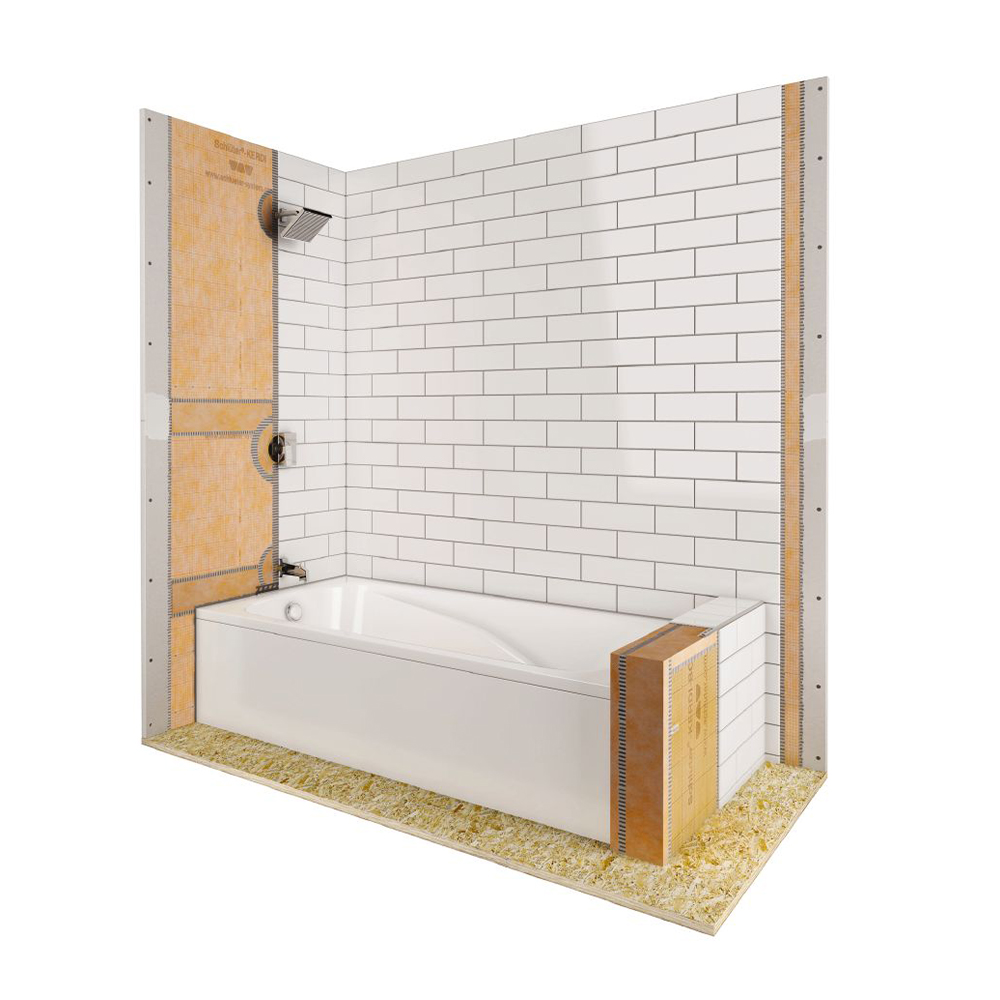
Transforming a bathtub + tile surround into a fully waterproof, vapor‑tight enclosure is one of the most critical steps in a bathroom remodel — and one of the easiest to get wrong. That’s where the Schluter® KERDI‑TUBKIT makes the difference. This comprehensive kit delivers everything you need to waterproof your tub surround properly and significantly reduce the risk of future moisture problems like mold, efflorescence, or tile detachment.
In this blog post, we’ll walk you through a clear, actionable installation guide — including a helpful video from the manufacturer. Whether you're a confident DIYer or a pro looking to streamline the process, this step‑by‑step overview will help you plan, prep, install, and finish your tub surround with confidence.
Why the KERDI‑TUBKIT is a smart choice
-
The kit is designed specifically to create a fully waterproof and vapor‑tight assembly for tiled bathtub surrounds.
-
By using a sheet‑applied membrane (KERDI) plus engineered sealing components (band, pipe seal, mixing‑valve seal, bonding compound), you’re getting a systemized solution—not just “an extra layer” of protection.
-
It simplifies sourcing all the right materials — professionals and DIYers alike benefit from using a kit rather than piecing together disparate components.
Watch first: Overview of installation
How to Install the Schluter®‑KERDI‑TUBKIT
Before digging in, take 5‑10 minutes to watch this overview video from Schluter. It gives you a great visual of how the components fit together, how the membrane is applied, and how tile is installed afterward.
Installation Guide: Step by Step
1. Preparation & substrate check
-
Make sure your bathtub surround framing and substrate are appropriately installed and in good condition. For example: drywall or cement board is properly secured, studs are plumb, fasteners are appropriate for tile applications.
-
Clean the substrate: remove dust, debris, drywall mud ridges, and any potential “loose” surface. The membrane will bond better on a sound flat surface.
-
Check for any protrusions (nail/ screw heads) and ensure that plumbing rough‑in is complete (valves, shower rod, tub filler). You don’t want to apply the waterproofing and discover a plumbing change.
-
Review the layout: plan where your seams will fall, how your corners will be sealed, and how you will address the tub‑to‑wall junction.
2. Dry‑fit & plan membrane placement
-
From the kit: you’ll have KERDI sheet, KERDI‑BAND for sealing seams/penetrations, KERDI‑SEAL‑PS for pipe penetrations, KERDI‑SEAL‑MV for the mixing‑valve rough‑in, and KERDI‑FIX (sealing/bonding compound) for bonding membrane to substrate.
-
Lay out the membrane sections so that you minimize seams in high‑risk areas (corners where water will run, junction of tub deck to wall, etc.).
-
Ensure your membrane overlaps (per manufacturer’s specs) and that the tub lip area has a solid coverage.
-
Pre‑cut any needed pieces (e.g., bands for corners) so the installation flows smoothly.
3. Apply the KERDI membrane
-
Using the KERDI‑FIX compound, apply a thin, consistent layer onto the substrate with a flat trowel (typically a 3/16" x 5/32" notch or as spelled out in the manufacturer handbook).
-
Immediately press the KERDI sheet into the compound; smooth it out with a roller or flat tool to remove trapped air and ensure full contact.
-
At the tub deck‑to‑wall junction: the membrane must turn onto the horizontal ledge and up the wall to form a continuous waterproof plane.
-
For inside corners: pre‑install KERDI‑BAND or fold the KERDI sheet carefully to maintain full coverage. All seams should be sealed with KERDI‑BAND and KERDI‑FIX.
-
Overlap seams by recommended width (typically 2" or more as per Schluter instructions).
-
For pipe penetrations: use the KERDI‑SEAL‑PS and KERDI‐SEAL–MV components to form a tight waterproof seal around the pipe or mixing valve.
4. Seal the tub flange and lip
-
One of the most frequent leak points is the junction where the tub flange meets the wall and the membrane meets the tub. With the membrane turned over the flange edge (if possible), use the sealing compound and banding to ensure a tight seal.
-
Ensure that the tub deck is level or has the correct slope toward drain (if applicable in your tub design) and that the membrane is properly adhered onto/over the face of the tub flange.
5. Let the system cure / check for voids
-
After installation of the membrane and banding, inspect all seams, corners and pipe penetrations closely. Ensure there are no wrinkles, voids, or un‑bonded areas.
-
Many installers will lightly mist the surface with water or visually inspect for any gaps—it’s much easier to fix now than after tile is applied.
-
Allow any adhesives or bonding compounds to set per manufacturer’s curing time before proceeding to tile.
6. Tile installation
-
With the waterproof substrate in place, you can proceed to apply thin‑set mortar and tile as you would in a traditional tile bath surround — only difference: you’re now building on top of the KERDI membrane system, which is YOUR primary waterproof barrier.
-
Use a compatible thin‑set mortar (typically latex‑modified) and appropriate grout and sealants per tile manufacturer’s recommendations.
-
For tile touching the tub deck: consider an expansion joint (movement joint) between the tile and tub or caulk appropriately using a silicone or urethane bath‑grade sealant to allow for tub movement.
-
Once tile and grout are done, wipe down, clean up any excess mortar or bonding compound and let the grout cure fully before sealing or use.
7. Final inspection & finish details
-
Inspect the entire installation: tub‑to‑wall junction, corners, pipe penetrations, any seams. No gaps, no exposed membrane edges.
-
Apply caulk where tile meets tub flange to maintain water barrier continuity.
-
If using glass enclosures or rods, install after tile set and ensure sealant is applied where glass meets tile.
-
Provide user with proper maintenance guidance: avoid high‑impact or harsh chemicals, monitor for grout or caulk wear and replace as needed.
Tips & Best Practices
-
Order extra membrane: It’s smart to have a bit more than the calculated area — cut‑offs, mistakes, and overlaps add up.
-
Follow manufacturer handbook: The full installation handbook from Schluter gives detailed specs (trowel size, overlap width, curing times).
-
Mind the tub flange condition: A warped or damaged tub flange will make sealing tricky. Address any flange issues before membrane installation.
-
Use movement joints where required: In large surrounds, expansion joints should be included per tile manufacturer’s recommendation and integrated with the waterproofing system.
-
Don’t skip the corners: Corners are often the weakest leak point. Proper banding, smoothing, and waterproofing here pays dividends.
-
Check local codes: Some locales require secondary drains, ventilation standards, or other code compliance – ensure your remodel meets them.
If you’re looking to remodel your bathtub surround and want professional‑grade waterproofing without the guesswork, the Schluter® KERDI‑TUBKIT delivers a straightforward, reliable solution. By combining the kit with the step‑by‑step guide above (and the linked video), you’re setting yourself up for a long‑lasting, tile‑ready environment that protects the structure beneath for years to come.
Have questions about planning your tile layout, selecting thin‑set, or handling niche and bench details? I’m happy to help with those next steps too. You can purchase this all in one kit by visiting this link. Schluter Kerdi Tub Kit
- Billy Peska
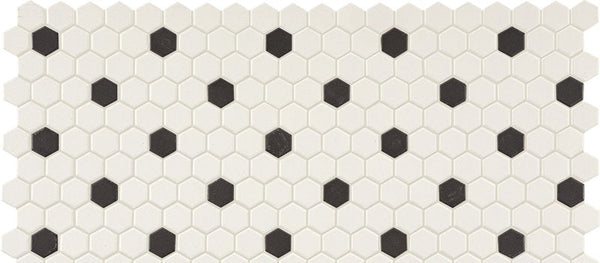
Daltile: Why Buying America’s #1 Tile Brand at FlooringMarket.com Is the Smart Choice
TL;DR
Daltile is the largest ceramic tile manufacturer in the world and the top-selling tile brand in the United States. At FlooringMarket.com, you can shop Daltile with the strength of one of the largest flooring retailers in America, backed by 500+ employees, over half a million square feet of warehousing, nationwide delivery, and clear return policies.
________________________________________
Why Daltile Is a Household Name in Flooring
Daltile has been a leader in tile for decades, known for combining style, durability, and innovation. With one of the most extensive collections in the industry, Daltile offers solutions for every design vision — from modern kitchens to classic bathrooms to large-scale commercial spaces.
________________________________________
What Makes Daltile Stand Out?
• Unmatched Selection: From ceramic and porcelain to glass, mosaics, and natural stone, Daltile covers every category.
• Durability: Daltile products are engineered to withstand daily wear, moisture, and heavy foot traffic.
• Design Leadership: Endless options in colors, patterns, shapes, and textures allow for both timeless and on-trend looks.
• Made in the USA: Many Daltile products are proudly designed, developed, and manufactured domestically.
• Sustainability: Daltile emphasizes recycled materials and eco-conscious manufacturing, making it a greener choice.
________________________________________
Why Buy Daltile Online at FlooringMarket.com?
1. One of America’s Largest Flooring Retailers
FlooringMarket.com is supported by 500+ employees and over half a million square feet of warehouse space. That scale ensures strong stock availability, quick fulfillment, and the buying power to offer competitive pricing.
2. Nationwide Delivery
We ship Daltile products directly to homes and jobsites across the U.S., complete with order tracking so you can schedule installations with confidence.
3. Ecommerce Convenience
Skip the limitations of local retail. With FlooringMarket.com, you can shop Daltile 24/7, compare collections side by side, and order when it fits your schedule.
4. Clear Returns
Return policies vary by product and manufacturer. Please contact us if you have any questions about your specific order.
5. Expert Support
Our team is here to answer questions about specs, shipping, or installation guidance — without the pressure of a showroom sales pitch.
________________________________________
Applications for Daltile Flooring and Surfaces
• Residential Homes: Beautiful, durable floors and walls for kitchens, bathrooms, entryways, and living spaces.
• Commercial Spaces: Daltile’s strength and variety make it a top choice for offices, restaurants, and retail.
• Custom Designs: From mosaics to decorative accents, Daltile offers flexibility for unique design projects.
________________________________________
FAQs About Daltile
1. Is Daltile good quality?
Yes. Daltile is widely recognized as the top tile brand in the U.S., offering products that balance performance, design, and longevity.
2. Where is Daltile made?
Many of Daltile’s products are designed, developed, and manufactured in the U.S. with an emphasis on sustainable practices.
3. Does Daltile work in high-moisture areas?
Yes. Porcelain and ceramic Daltile products are waterproof and ideal for kitchens, bathrooms, and laundry rooms.
4. Can Daltile be shipped nationwide?
Yes. FlooringMarket.com delivers Daltile products nationwide with order tracking included.
5. Why buy Daltile online instead of at a local store?
Shopping online gives you 24/7 access, reliable nationwide delivery, and the backing of one of America’s largest flooring retailers.
________________________________________
Shop Daltile Online Today
Daltile is the leader in ceramic tile and natural stone — and FlooringMarket.com makes it simple to bring this trusted brand into your home or project. Backed by scale, experience, and nationwide reach, we’re the smart choice for buying Daltile online.
• Shop Daltile
- Robert Sandlin


